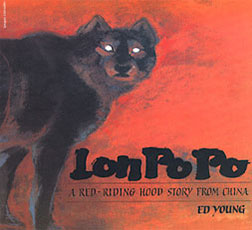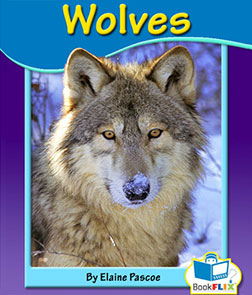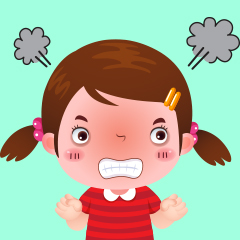Journey
Topic: Animals
Wolves
1


Watch the Story
Lon Po Po by Ed Young
Read the Book
Wolves by Elaine Pascoe
2
Animal Communication
Animals can't speak words. How do they communicate?Lesson Activities
3

Activity
Feelings Charades
This fun version of charades helps your child learn more about what our facial expressions say about our feelings—and how to manage those emotions.
This fun version of charades helps your child learn more about what our facial expressions say about our feelings—and how to manage those emotions.
Animals can communicate without talking. We can too! We can smile to show we’re happy, or frown to show we’re sad. Tell your child you’re going to play Feelings Charades.
Start by talking about some feelings people have. People can feel happy or sad or mad or scared. What other feelings can you think of together?
Ask your child to choose one of these feelings but not tell you what they chose. Ask your child to act it out with their body and/or their facial expression and let you try to guess what it is! Do it again with another feeling!
Finally, turn the tables and act out a feeling for your child. Can they guess it?
Actividad
Juego de mímica de sentimientos
Esta divertida versión del juego de mímica servirá para que tu niño o niña aprenda más sobre lo que las expresiones faciales nos dicen sobre nuestros sentimientos y cómo manejarlos.
Esta divertida versión del juego de mímica servirá para que tu niño o niña aprenda más sobre lo que las expresiones faciales nos dicen sobre nuestros sentimientos y cómo manejarlos.
Los animales pueden comunicarse sin hablar. ¡Nosotros también! Podemos sonreír cuando estamos felices o fruncir el ceño cuando estamos tristes. Dile a tu niño que van a jugar a las mímicas con sentimientos.
Para empezar, habla sobre los sentimientos de la gente. Nos podemos sentir felices, tristes, enfadados o con miedo. ¿Pueden pensar en otros sentimientos?
Pídele a tu niño que escoja uno de esos sentimientos. Sin que te diga cuál es, pídele que lo actúe con todo el cuerpo y su expresión facial o solo con su expresión facial y te deje adivinar cuál es. Repitan con los demás sentimientos.
Por último, cambien de turno y actúa los sentimientos frente a tu niño. ¿Los puede adivinar?


